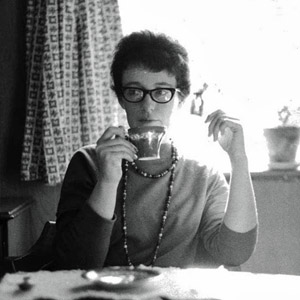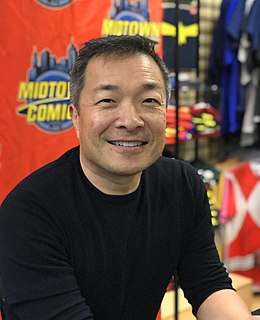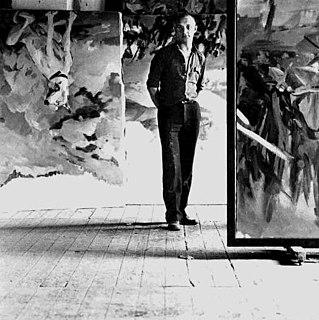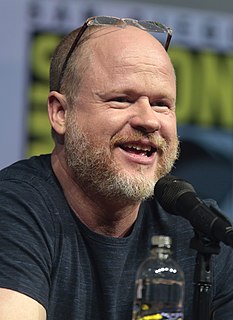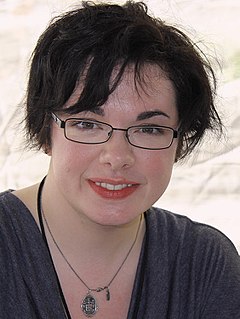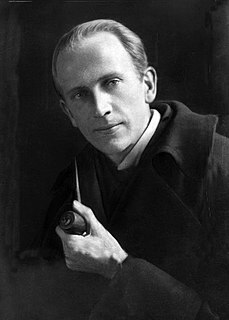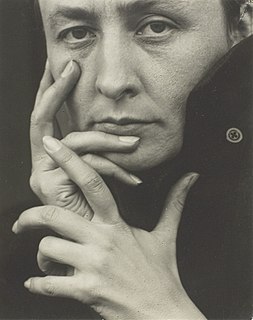A Quote by Gerhard Richter
The paint for the grey paintings was mixed beforehand and then applied with different implements - sometimes a roller, sometimes a brush. It was only after painting them that I sometimes felt that the grey was not yet satisfactory and that another layer of paint was needed.
Related Quotes
I like painting because it's something I never come to the end of. Sometimes I paint a picture, then I paint it all out. Sometimes I'm working on fifteen or twenty pictures at the same time. I do that because I want to - because I like to change my mind so often. The thing to do is always to keep starting to paint, never finishing painting.
To me, grey is the welcome and only possible equivalent for indifference, noncommitment, absence of opinion, absence of shape. But grey, like formlessness and the rest, can be real only as an idea, and so all I can do is create a colour nuance that means grey but is not it. The painting is then a mixture of grey as a fiction and grey as a visible, designated area of colour.
When I first painted a number of canvases grey all over (about eight years ago), I did so because I did not know what to paint, or what there might be to paint: so wretched a start could lead to nothing meaningful. As time went on, however, I observed differences of quality among the grey surfaces - and also that these betrayed nothing of the destructive motivation that lay behind them. The pictures began to teach me. By generalizing a personal dilemma, they resolved it.
Now, among the heresies that are spoken in this matter is the habit of calling a grey day a "colourless" day. Grey is a colour, and can be a very powerful and pleasing colour.... A grey clouded sky is indeed a canopy between us and the sun; so is a green tree, if it comes to that. But the grey umbrellas differ as much as the green in their style and shape, in their tint and tilt. One day may be grey like steel, and another grey like dove’s plumage. One may seem grey like the deathly frost, and another grey like the smoke of substantial kitchens.
The old grey donkey, Eeyore stood by himself in a thistly corner of the Forest, his front feet well apart, his head on one side, and thought about things. Sometimes he thought sadly to himself, "Why?" and sometimes he thought, "Wherefore?" and sometimes he thought, "Inasmuch as which?" and sometimes he didn't quite know what he was thinking about.



